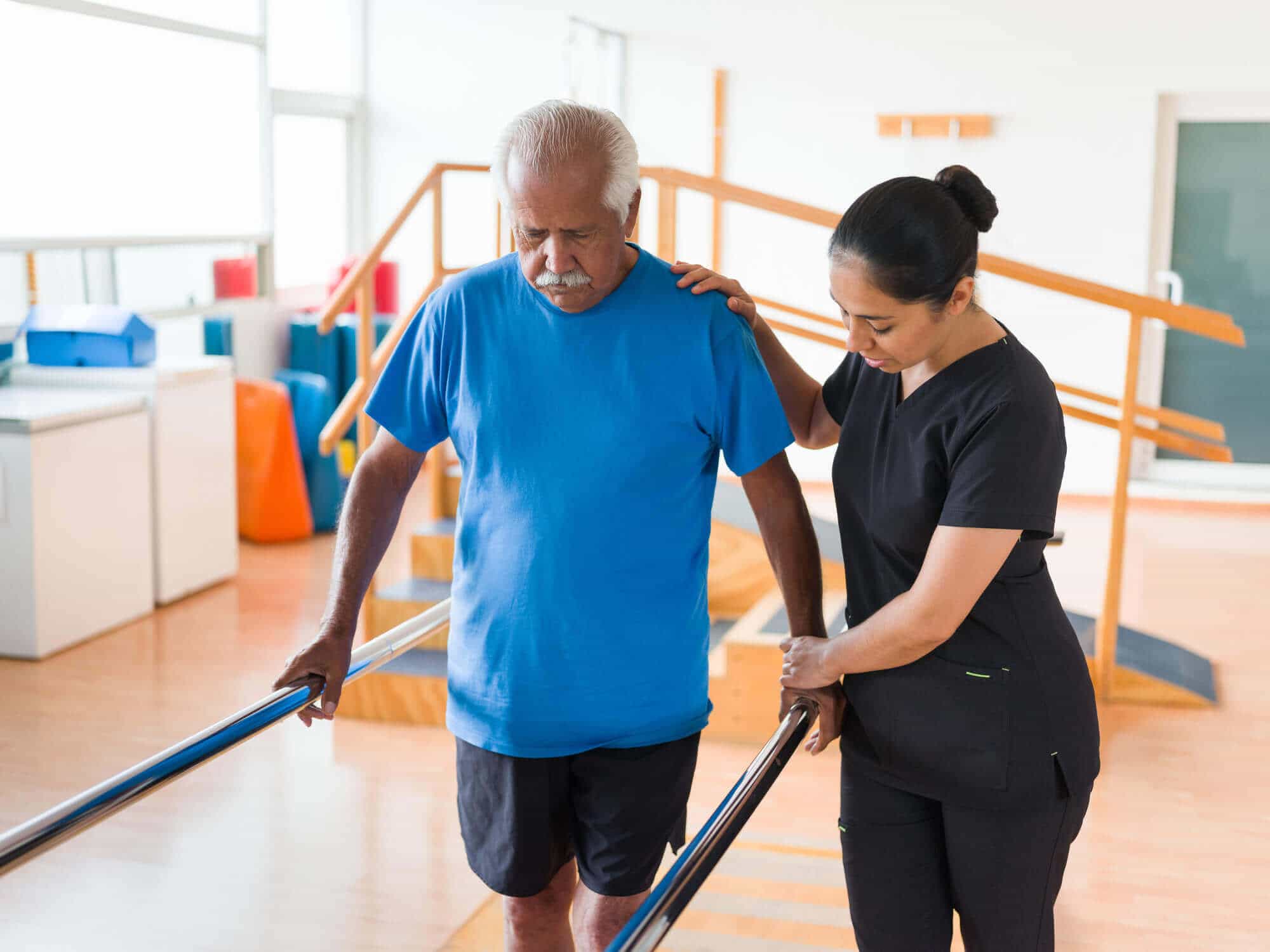Efficient Methods for Alleviating Breathlessness in Physical Rehabilitation Appointments
Efficient Methods for Alleviating Breathlessness in Physical Rehabilitation Appointments
Blog Article
Breathing difficulties, or trouble breathing, is a common concern that many individuals face, especially those with chronic lung conditions, heart problems, or other medical conditions. In physical therapy appointments, addressing dyspnea is crucial for helping patients improve their overall quality of life. By utilizing specific techniques and approaches, physical therapists can assist patients in controlling their respiratory difficulties. Grasping these efficient methods can enable both therapists and patients to collaborate together more effectively in addressing obstacles related to dyspnea.
One of the primary techniques used to alleviate dyspnea in physical therapy is the practice of regulated breathing exercises. These exercises often focus on diaphragmatic breathing, which promotes patients to use their diaphragm rather than their upper chest muscles when breathing in. This approach helps to maximize lung volume and efficiency. Additionally, pursed lip breathing is another technique that can be helpful. This technique requires inhaling through the nose and exhaling slowly through compressed lips, which can help to keep airways open longer and make breathing feel easier. By incorporating these exercises into therapy sessions, physical therapists can provide patients with strategies to control their dyspnea both during and outside of their sessions.
Another important element of managing breathing difficulties in physical therapy is the development of an personalized exercise program. Customizing exercises to satisfy the specific needs and capabilities of each patient is crucial. Therapists should slowly introduce aerobic activities, such as ambulating or cycling, in a structured manner, allowing patients to build their endurance over a period. This incremental approach helps patients to feel more at ease with physical activity while simultaneously improving their lung capability and overall endurance. It is important for therapists to monitor patients closely during these activities to make sure they are not overworking themselves, which could lead to increased shortness of breath.
Education also plays a major role in reducing dyspnea during physical therapy appointments. Providing patients with information about their ailment and the mechanisms behind dyspnea can enable them to take control of their health. Therapists can explain how elements like try this anxiety, posture, and environmental conditions can influence breathing. By understanding these ideas, patients can learn to manage their symptoms more efficiently. Techniques such as stress reduction strategies and proper body posture can additionally assist in reducing the effects of breathing difficulties during routine activities and therapy sessions.
In summary, successfully reducing dyspnea in physical therapy sessions involves a mix of breathing exercises, individualized exercise regimens, and patient education. By applying these efficient approaches, physical therapists can assist patients control their respiratory difficulties and improve their overall well-being. Collaboration between therapists and patients is essential to create customized interventions that address individual needs. With the right support and techniques, patients can find relief from breathing difficulties and participate more completely in their physical therapy journey, ultimately leading to a better standard of life.